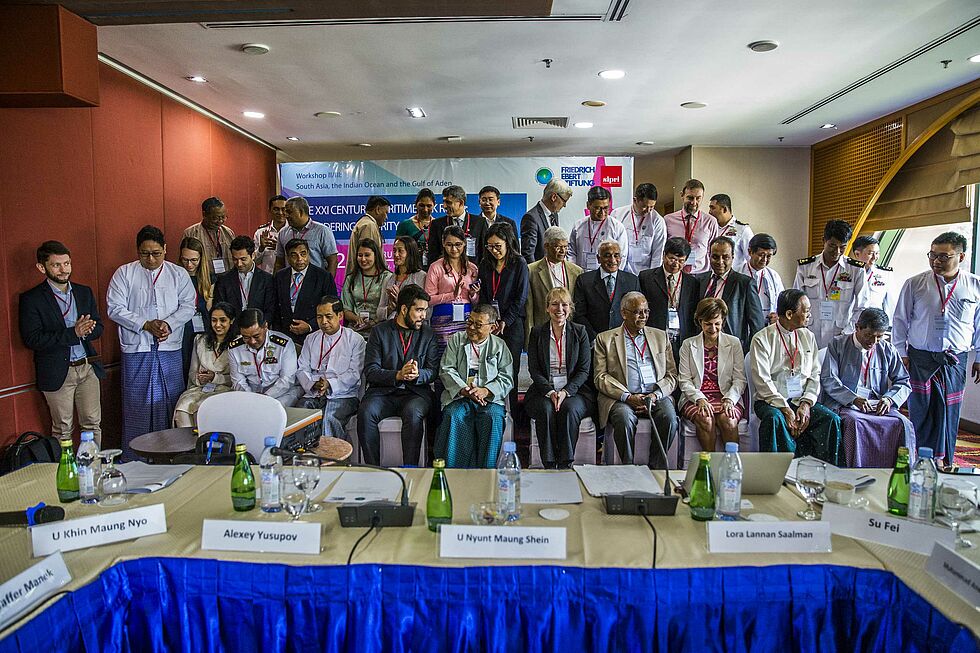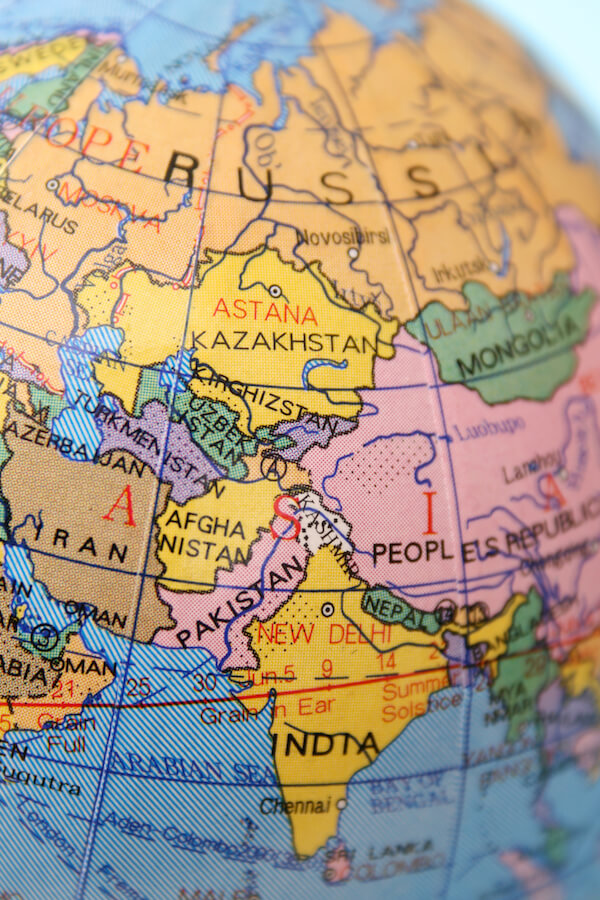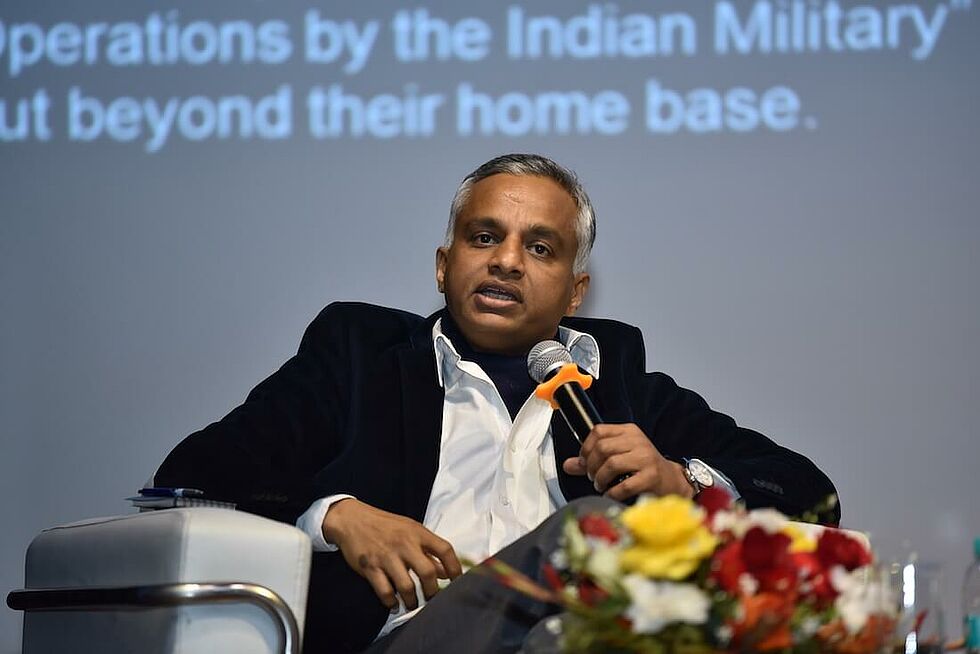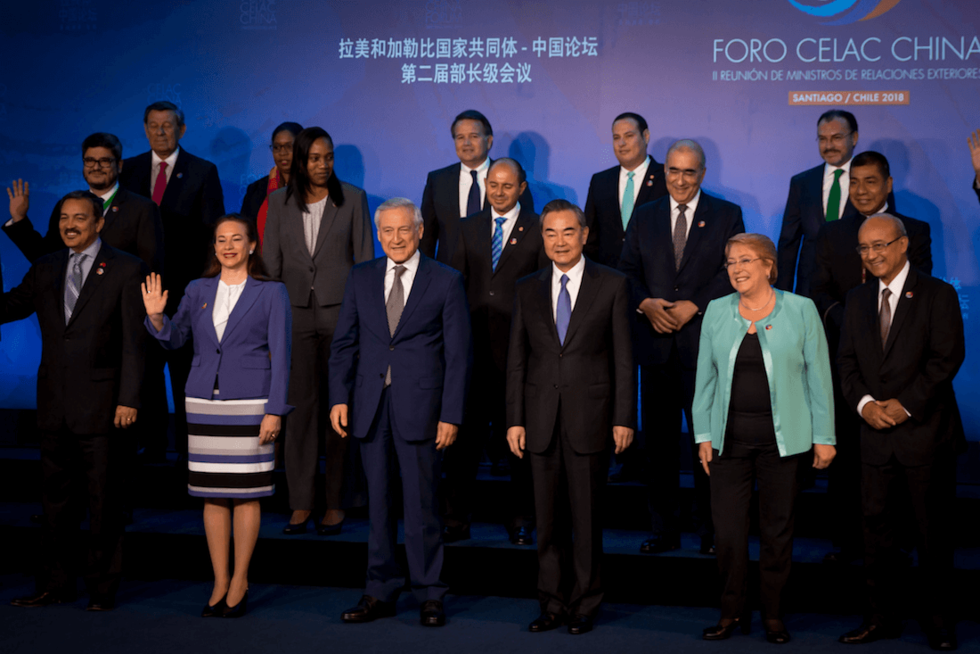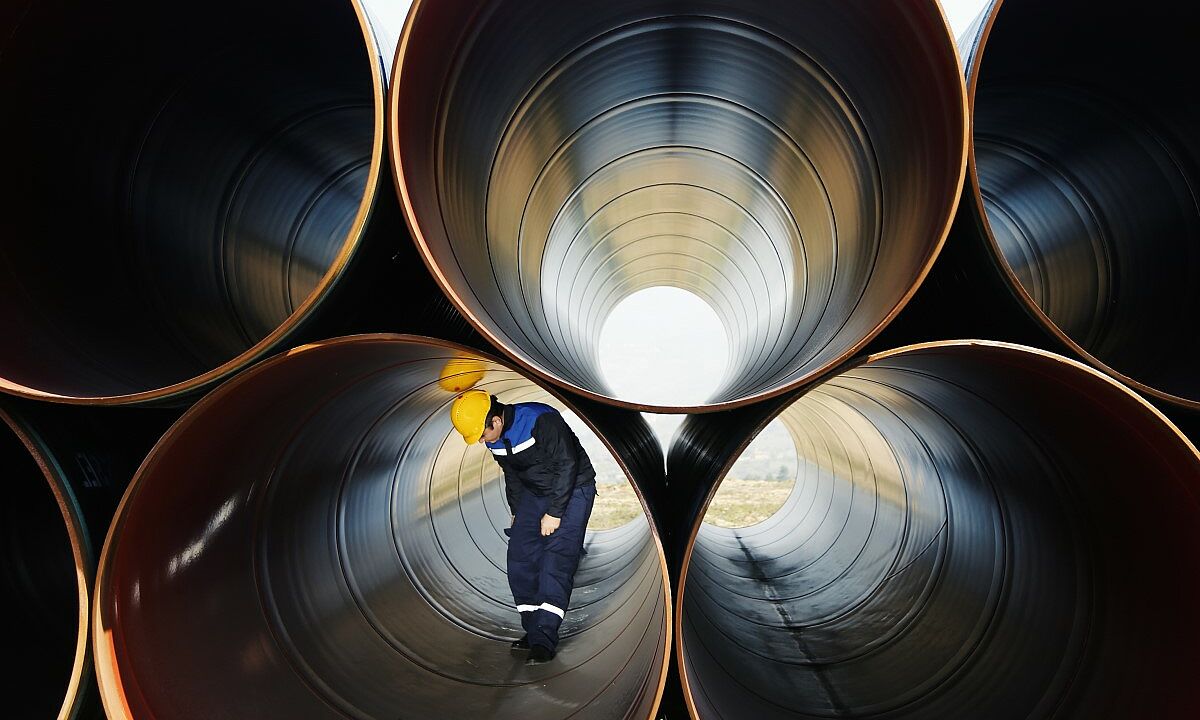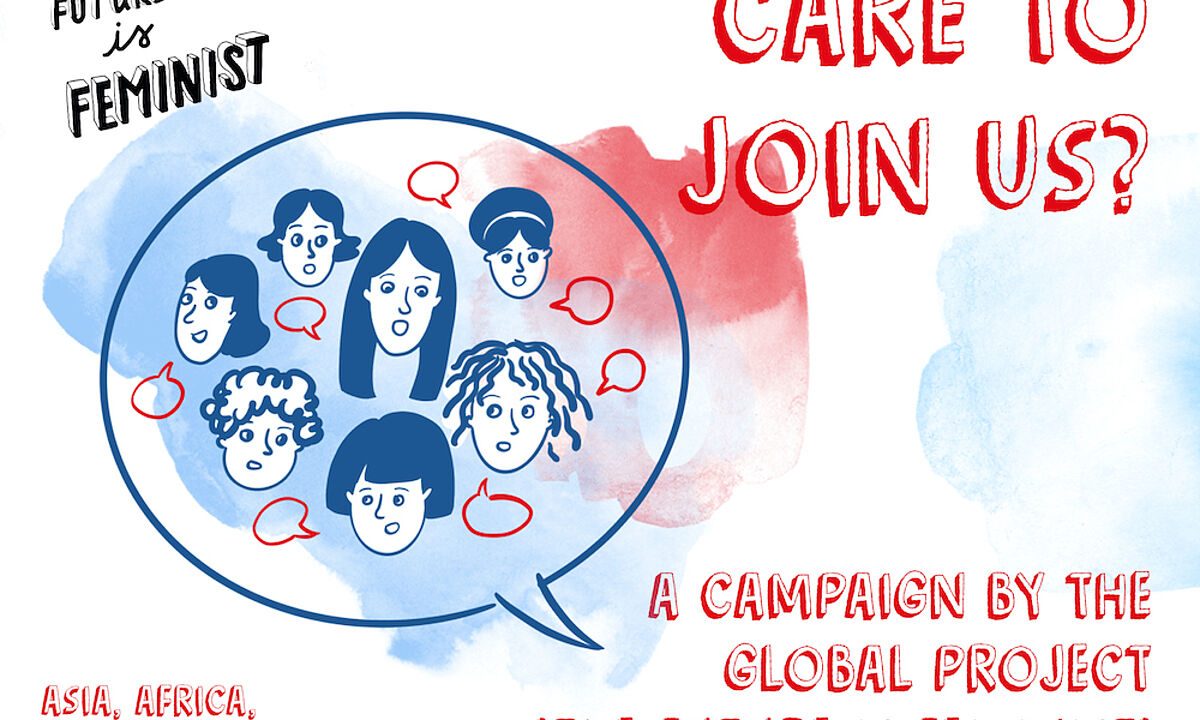February: Riding the Silk Road
Hello readers of FES Connect!
You can’t have missed the news about China’s Belt and Road Initiative (BRI), a project presented by Beijing in 2013 as a reactivation of the legendary Silk Road trade routes.
And if you have missed it, well then, we have something even better for you and we bring it in this month’s issue: a ride along selected stops of the land and sea routes of the BRI and beyond, from South Africa, across the Atlantic Ocean to Latin America, and over the Pacific to the Eurasia landmass and the banks of the Irrawaddy River in Southeast Asia’s Myanmar.
But let us first spell out the basic numbers to give you an indication of the project’s global significance: it includes more than 70 participating or interested countries, accounting for 65 per cent of the world’s population, and projected costs of 900 billion US dollars (link in English).
With these numbers, the BRI’s promise for connectivity, new jobs and raised standards of living has been welcomed by many countries. But works along the planned land and sea routes have also stirred up a wide range of reactions, including some security concerns.
Buckle up readers, for an overview of the debates and analysis by Friedrich-Ebert-Stiftung (FES) and partners on the implications of the grand infrastructural undertaking of the 21st Century.
And that’s not all! Follow us on Twitter @FESnewsbrief for thoughts and comments,
Your FES Connect Editorial Team
ERROR: Content Element with uid "43736" and type "gridelements_pi1" has no rendering definition!
About FES Connect
Connecting people, in the spirit of social democracy, we source and share content in English from the German and international network of the Friedrich-Ebert-Stiftung.
